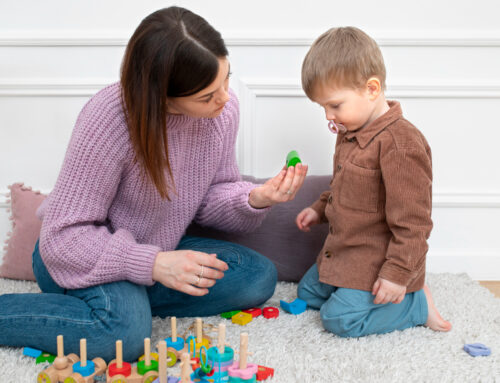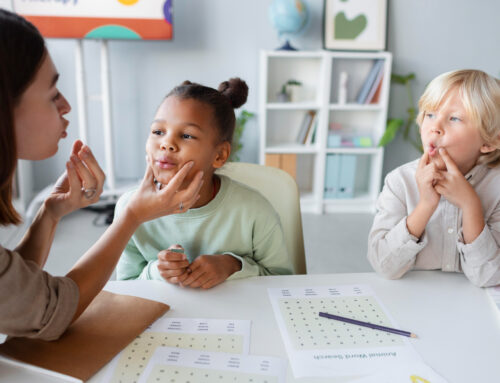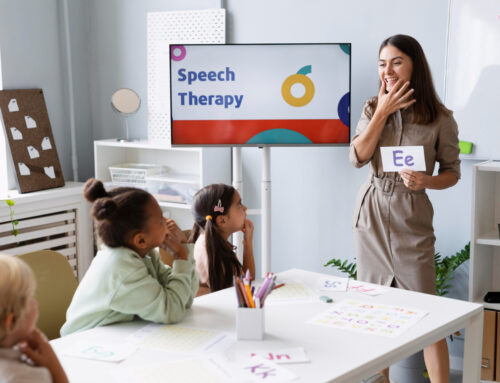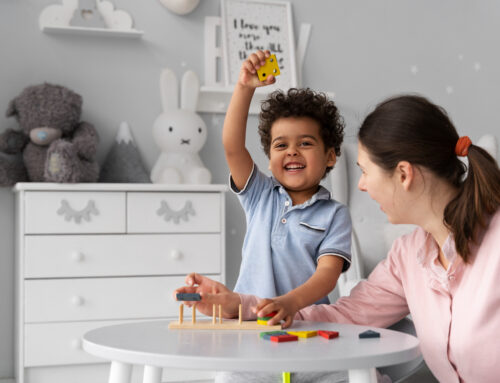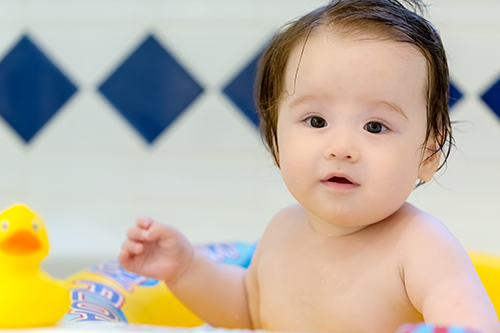
As a new parent, nothing is scarier than letting your mind run wild with all of the possible scenarios of things that could go wrong when your young infant interacts with a tub full of water. Bath time goes from an enjoyable experience to a period of heightened sensation and vigilance has you spend every millisecond protecting your baby from drowning. All good parents have been there, and it is because that fear is based on the reality that things can take a turn for the worst during bath time.
In the United States, drowning is one of the leading causes of death among children ages 1 to 4 (CDC.gov, 2017) and it is the second leading cause of unintentional death in children between the ages of 1 to 14 years. For young children, the source of drowning typically includes bath tubs, swimming pools, spas, toilets, and buckets full of water. Drowning can take place in a matter of seconds, and the time to take life-saving measures passes while parents aren’t watching or supervising their children.
Now, let’s take a deep breath. This does not mean you have to intently supervise your child during bath or shower time until he reaches adulthood. During the stages of development, there are times in which your child can gradually gain some independence in their bath time. Use the well-known stages of development for gross motor skills to guide you in deciding when and where to supervise your child:
0-6 months: rolls over, sits with support
Young infants are starting the very basic motor movements that lead to necessary movement performance in older childhood and adulthood. A baby of this age will not be able to sit up in a tub independently and is also had high risk for rolling over face down into the water without being able to roll back. So, parents must be fully supervising the infant in the tub the entire bath duration. Use a reclined bath chair with supports that prevent the child from rolling out of the chair. Keep water levels very low as in an inch or less.
6-12 months: crawls forward on belly, sits unsupported, pulls to a supported standing position
For this stage, the parent should still be by the tub at all times supervising their baby. Although the child may be able to sit up independently on the floor, this is not the same as a child sitting up in a tub full of water. The water moves and pushes against the baby’s body, which tests sitting balance and can knock the baby over in the tub. At this stage, the baby will try to pull themselves into a standing position using the edge of the tub which can be slippery and dangerous. Progress to a supportive bath chair that suctions to the tub and maintain low water levels.
18 months: sits unsupported, crawls and walks independently
At this stage, the child is starting to exhibit some independence in the tub. He or she wants to walk around the tub, kick the water, play with the faucet, and attempt to crawl in and out of the tub. Parents should still be intently supervising the child, but can start giving the child some distance. So instead of squatting down at the tub the entire time, a parent can migrate out to the doorway of the bathroom. Make sure you can still see AND hear your child from wherever you are at all times. A bath chair may no longer be required, but maintain low water levels and fully assist your child in hygiene tasks.
2 years: Walks and begins to run
Children 2 years and older still need to be supervised in the bath tub because even though they have excellent motor skills, they now have the capacity to experiment with dangerous stunts in the bathtub (sliding off the edge, holding their breath under water, messing with the water temperature, etc.). Allow the child to complete their own hygiene tasks in the tub (even if the tasks aren’t done to your complete liking) and continue to keep a close eye on them.
Note: please do not use the age ranges as definitive margins for your child’s motor development. Each child varies, and some who experience delays in development will not necessarily match the stages laid out. Instead, focus on what motor activity your child can currently do (i.e., rolling, crawling), think about the next motor activity that they are working on, and then compare that to the motor requirements for bath time.

